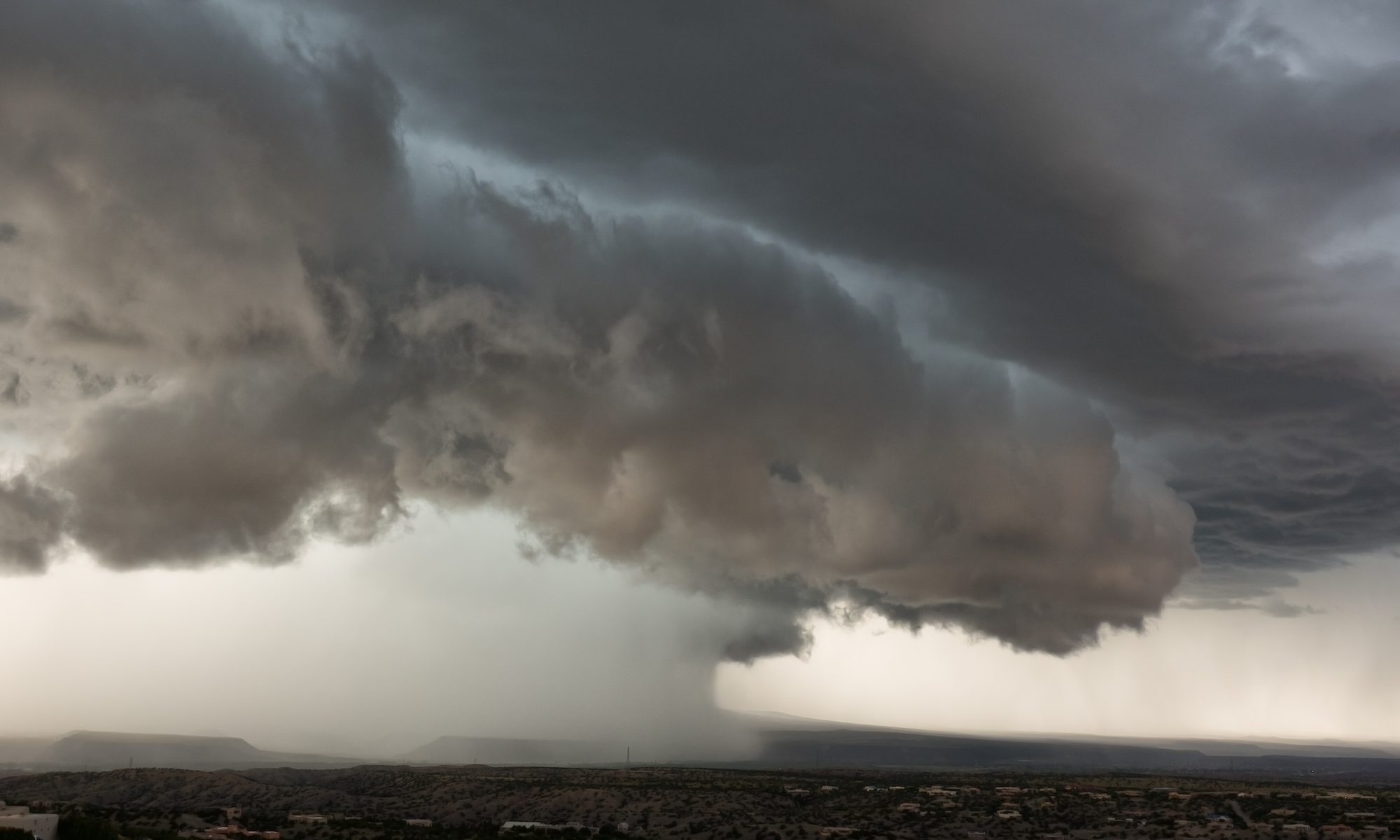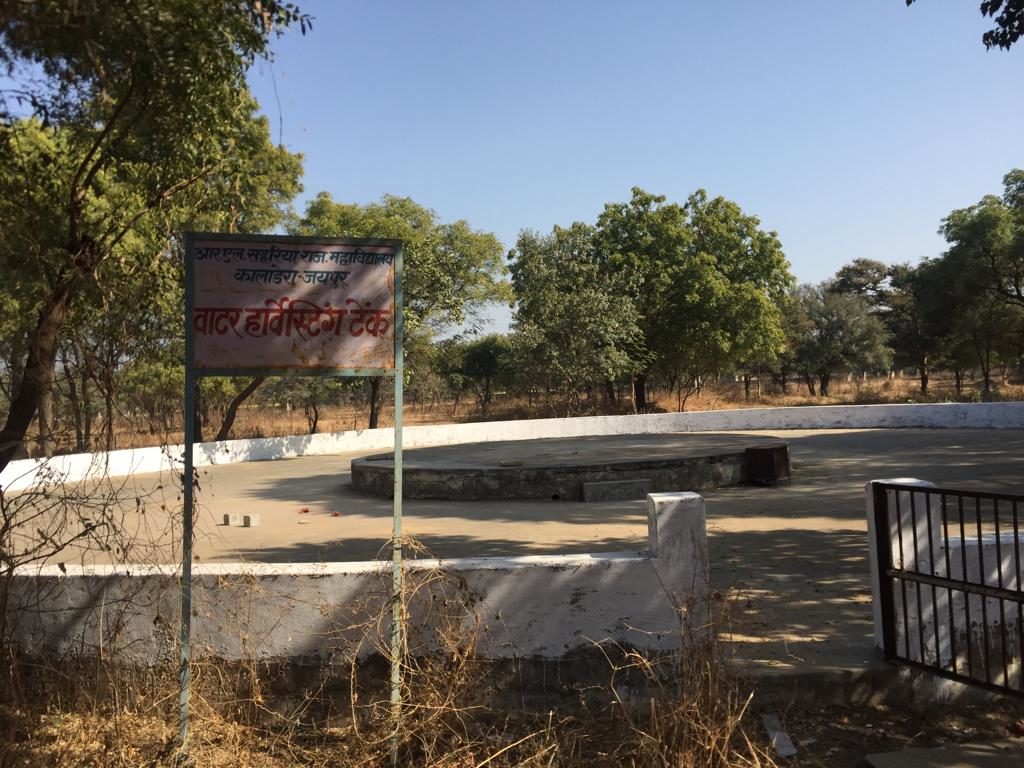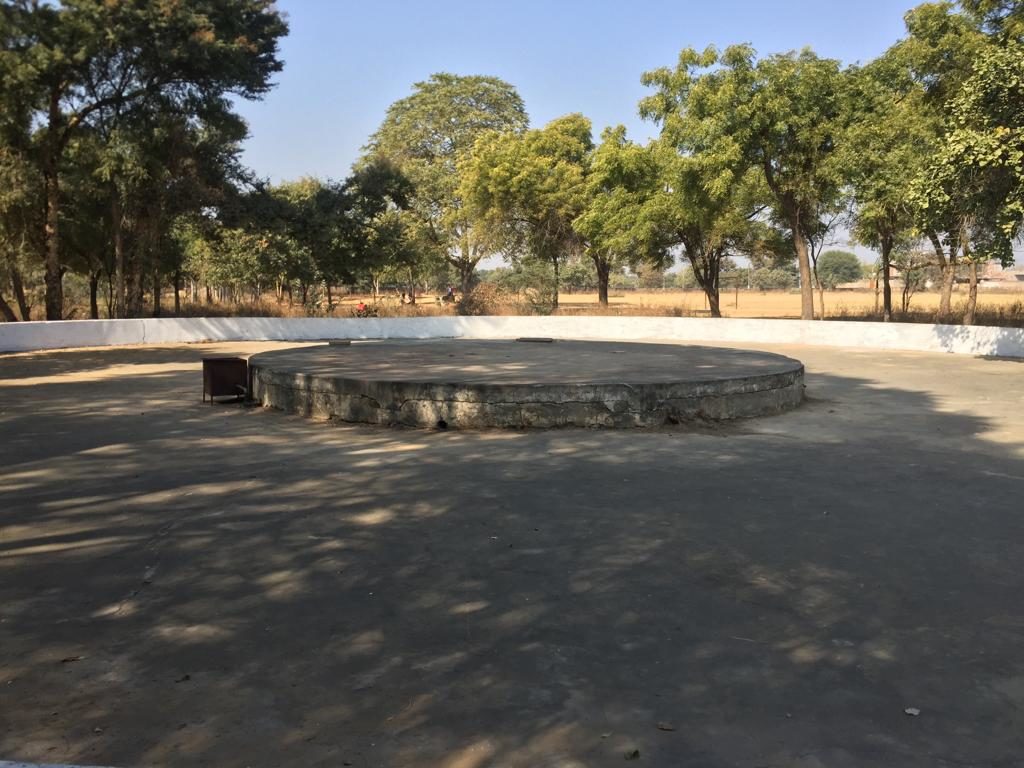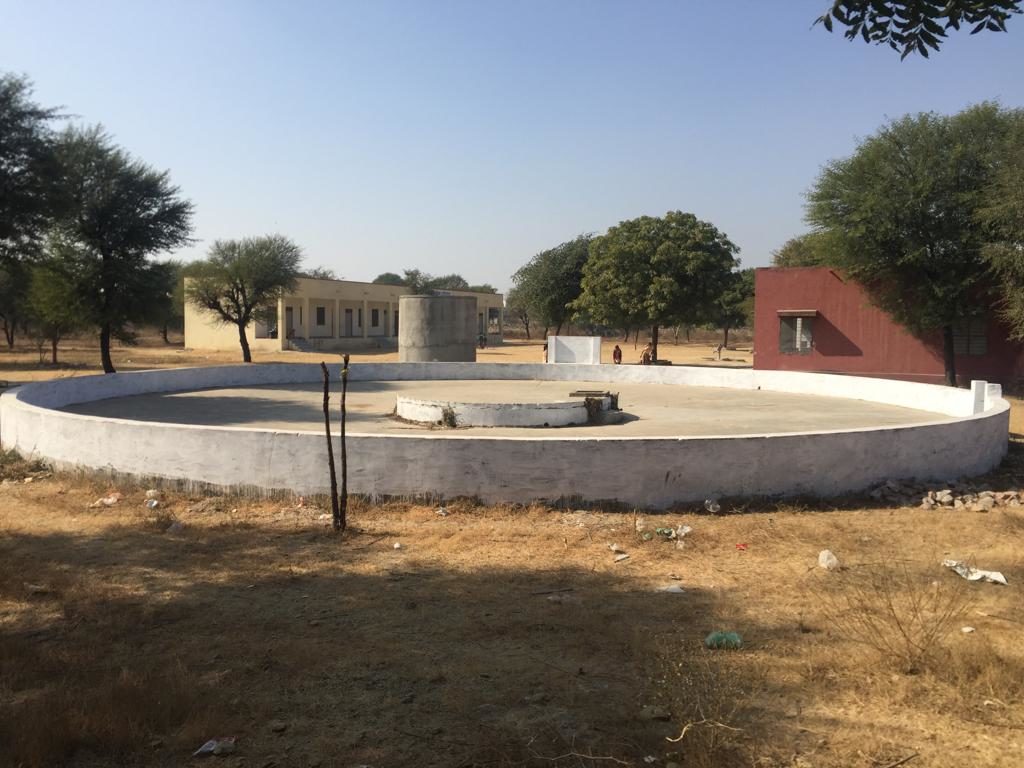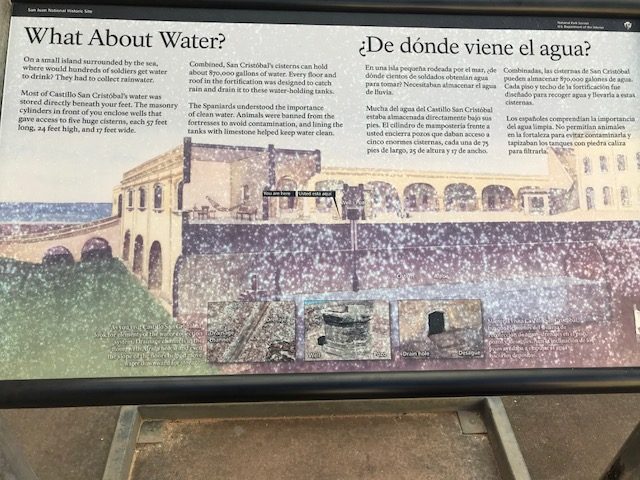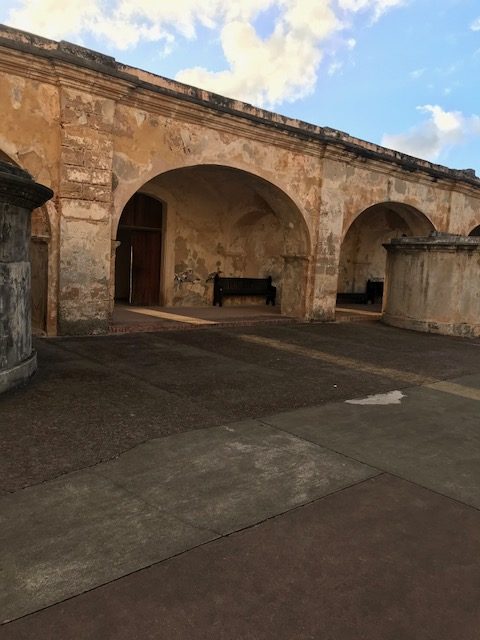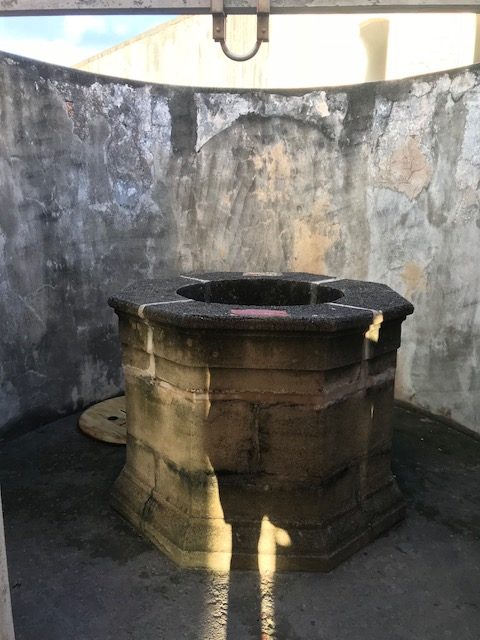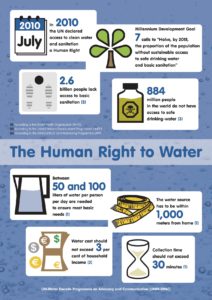Enough is Enough
(Click here for Part 1 of this series)
We know for a fact that only about 3 % of the water available on earth is suitable for human consumption. Over the years, the quantum of fresh water available on earth has remained the same more or less but what was once an adequate supply has now become inadequate because of the increase in demand
Each year more and more regions of the world automatically slip into what are categorized as ‘water stressed regions’, because of over use. The main reason for increased water shortage and water stress is the rising population of the world, projected to reach 8.5 billion by the year 2030 . With this dramatic rise in population, the demand for food is also increasing along with the requirements of housing & infrastructure to accommodate the growing population.
The per capita water usage has also been increasing drastically due to rising prosperity and changing lifestyles of people. This is also contributing to the increase in the demand for water. In the last century the population has tripled but the demand for water has increased by 6 times.
Going by the fundamental economic principle of demand and supply, it is apparent that the demand for water is increasing and its availability is decreasing and hence its value is bound to climb.
As early as 2008, investment banking leader Goldman Sachs recognized the financial potential in water as a commodity and classified water as the petroleum of the next century. As water was anticipated to become the hottest new resource to profit from around 100 top corporations started to treat water as a new commodity for sale. Companies such as the Veolia based in Switzerland, Suez and Vivendi with their headquarters in Paris, France, Thames Water with its base in Berkshire, UK, became some of the major players.
In their nascent days, water companies usually controlled and operated within their own countries but with the arrival of Margaret Thatcher’s privatization revolution in the late 80s, the 10 state owned regional water authorities that supplied water to over three-quarters of England and Wales were privatized in December 1989 after the introduction of a new regulatory framework. This was the trigger which motivated the water companies to seek global control. Water rose to become a commodity in the stock market.
This small sample showcases the scale of these companies control:
- Buenos Aires, Argentina – Buyer Suez
- Puerto Rico, US – Buyer – Veolia
- Jakarta, Indonesia – Buyer – Thames Water
- Santiago, Chile – Buyer – Veolia
- New York City, New York, US – Buyer – Suez
- Pittsburg, Pennsylvania, US – Buyer – Thames Water
- Las Vegas, Nevada, US – Buyer – Suez
- Chicago, Illinois, US – Buyer – Veolia
- New Orleans, Louisiana, US – Buyer – Veolia
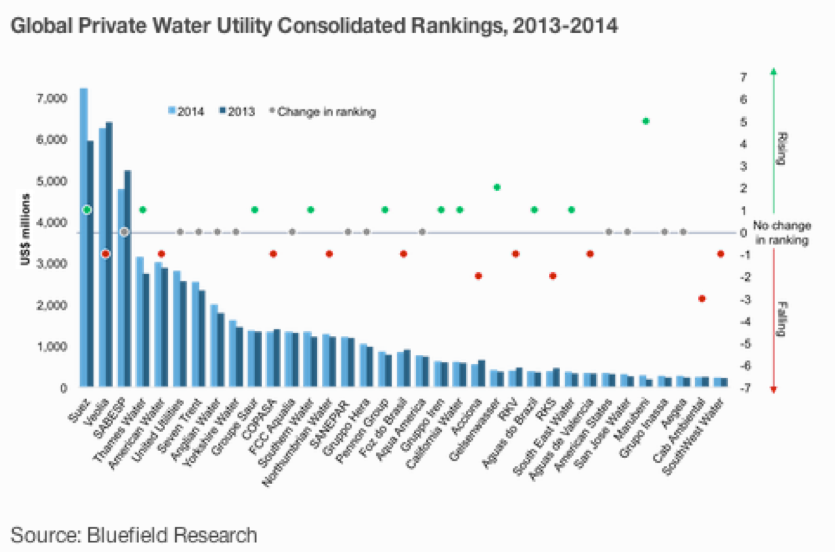
According to the Private Water Utilities: Global Rankings & Company Strategies report, the world’s 50 largest private water utilities served more than 280 million people in 24 countries and generated more than $53 billion in annual revenue on a net equity basis in 2014. France, the U.K., the U.S. and Brazil host the largest private water utilities, but an increasing number of new players also appear in Bluefield’s rankings of population served and water produced from regions where private participation in the water sector is on the rise including Southeast Asia, Latin America and Africa.
Private participants are placing an increased emphasis on a diverse set of countries, with the U.S., Brazil, Chile, Italy and Spain topping Bluefield’s 2015 market attractiveness ranking for private participation.
These private water companies have the power to manipulate the World Bank to ask developing countries to privatize water for debt relief. These Water cartels are becoming more powerful than most Governments.
Lot of games have been played around to profit from Water – enough is enough.
It is time to take a firm stand on what position we give to water in our life. Is it a regional luxury, a global asset, a money spinning commodity for corporations, a life saving resource or a political tool in the hands of the government.
We have to change our entire outlook towards water. We have to value every drop of this life saving resource and we have to re-look at the ways we manage or transport or use water for farming or infrastructure development.
All these years water was used to douse fires but unfortunately such disrespect has been shown to water that it is on the verge of becoming the reason for fire and conflicts between societies and nations.
The hard reality is that fresh water on earth is limited and sooner or later the global population will reach a number which will make the fresh water resources fall short – what then?
…To be continued
